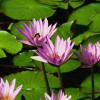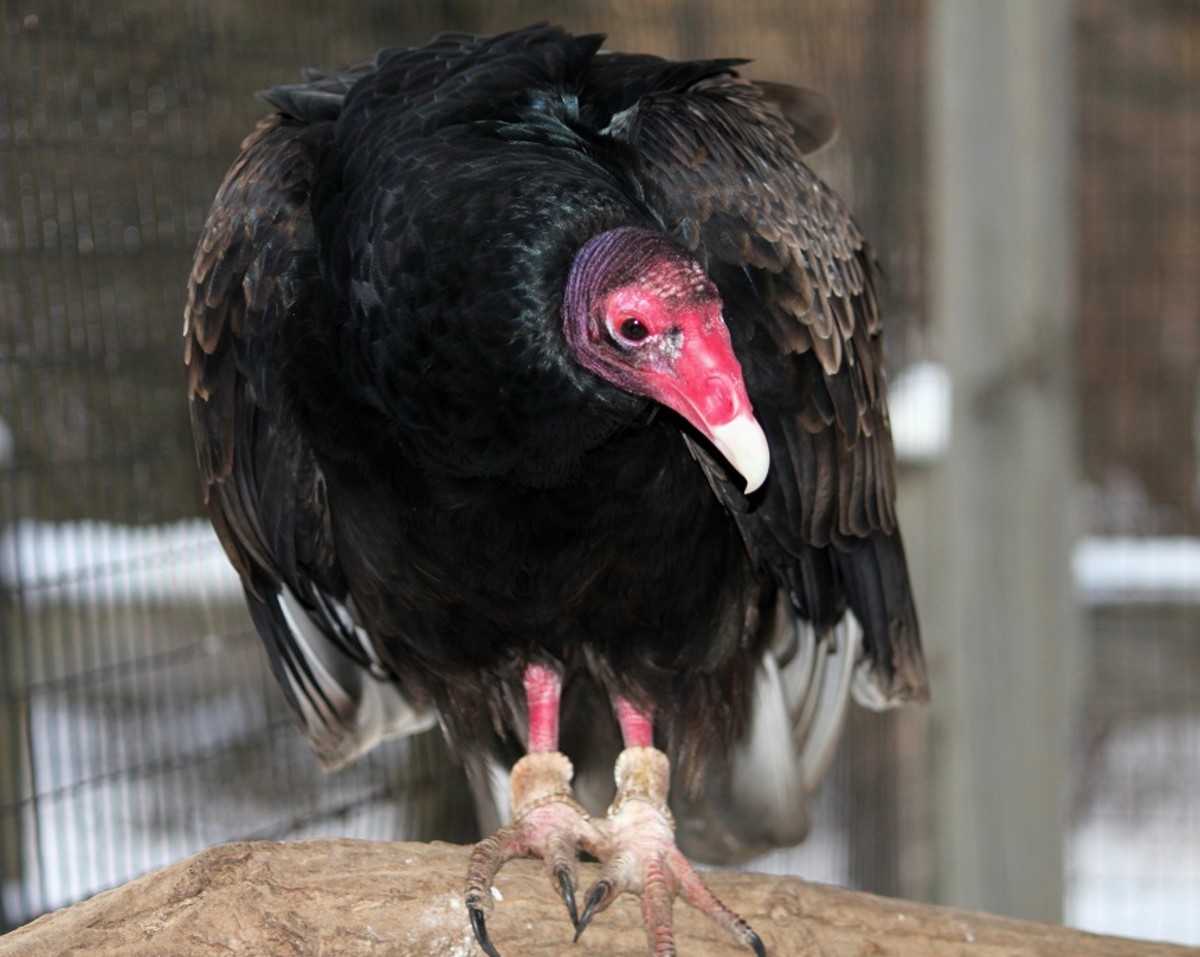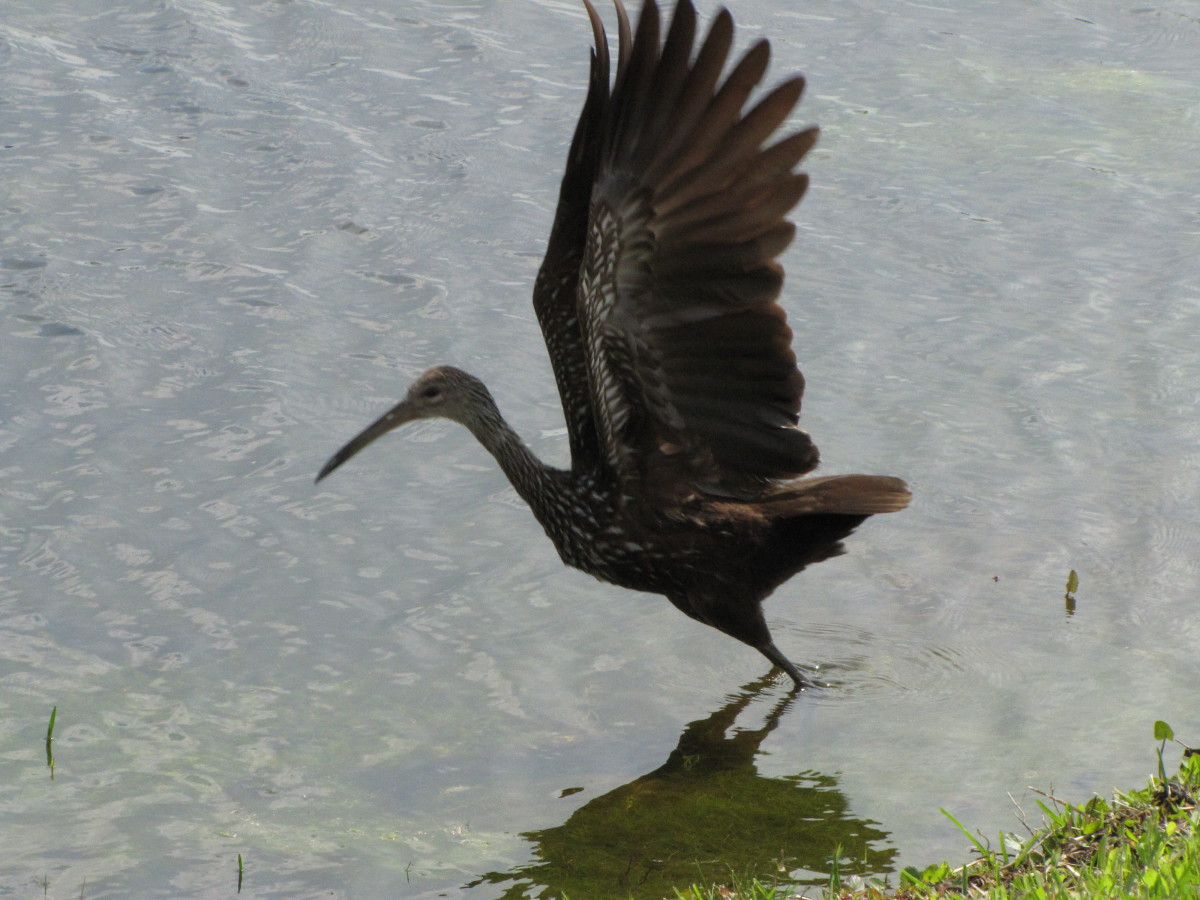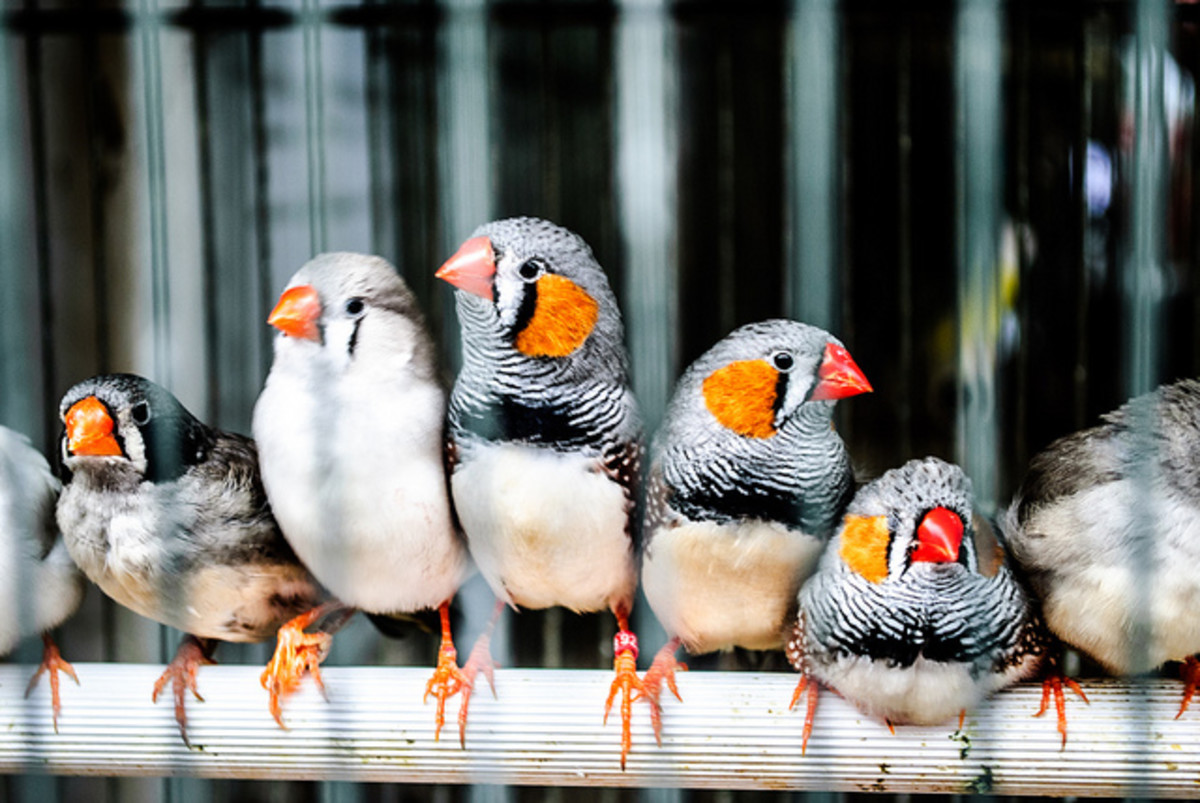Attract Hummingbirds To Your Yard
There are several things you can do to attract these beautiful little birds to your yard. Planting hummingbird friendly plants and hanging hummingbird feeders around your yard will bring the busy little birds your way! It won't happen instantaneously though. It will take a little time for them to find your hummingbird haven!

What Plants Are Hummingbird Friendly?
Hummingbirds are looking for flowers that are visible and produce a lot of nectar. They do not find flowers by smell. Hummingbirds use sight to find their flowers. They will visit flowers that produce larger amounts of nectar more frequently than flowers that do not produce as much nectar.
Where you live depends on what plants you will have to choose from. Honeysuckle plants, Bee Balm, Lilac, Foxglove, Impatiens, Hollyhocks, Red Morning Glory, Red Flowering Currant, Four O'clocks, Delphinium, Trumpet Creeper, and Azalea are just a few. When choosing plants decide if you want flowers, shrubs, trees, or a combination of the three. Choose plants that also appeal to you. Hummingbirds do not care what the flower looks like, they just care about the nectar it produces!
Another thing to keep in mind with your hummingbird plants: don't use pesticides on them. Hummingbirds drink the nectar from the flowers for energy. They need bugs for protien. Bugs provide a natural protien diet for them. Pesticides will kill the bugs. Pesticides may also make the hummingbird sick or even kill it.
Before you buy plants you will need to decide where you want your hummingbird haven. Do you want your new friends gathering in one area of your yard only, or would several areas give you better views? Plant them where it will be easy for you to watch your new friends.
What About Hummingbird Feeders?
There are a number of hummingbird feeders to choose from. There are types that hang from trees, hang from plant holders, and hang from house windows. Choose one that is easy to clean, does not leak, has ports small enough bees cannot get to the nectar, has a moat to keep ants out, isn't too heavy, is easy to hang, and has several places for your birds to sit. (Having a place to sit allows them to rest while they drink.) Having a feeder that has several ports allows several birds to drink at the same time.
Once you have your feeder you will need to decide where to put it. You can set the feeder up anywhere, depending on what type you have. If you put one near your hummingbird plants they will find it sooner than if you set it out away from them. If you don't have plants for hummingbirds, or you don't want to put it near the flowers, set it where you will have a good view of it. They will find it, it will just take them a little longer. You can also have one hang from a window of your house so you can watch them from inside.
You will also need to decide how many feeders you want. You may want to keep several around your yard out of sight of each other. This will give more hummingbirds a chance to visit your yard. Hummingbirds are territorial and like to keep the good spots they find to themselves. They will chase other hummingbirds away. When deciding how many feeders you want take into condideration the time it will take to properly take care of them. They will need to be cleaned every couple of days. How often they will need refilled will depend on how many birds have found your feeders, what time of the season it is, and how much of the nectar they are drinking.
Filling your feeders with nectar is inexpensive. You don't need commercial nectar mixes to make your new friends happy. You can make your own nectar at home. Just mix one part ordinary white table sugar with four parts normal tap water. Store any unused nectar in the refrigerator for up to a week. Do not add anything to your nectar. It can make the nectar spoil faster or make the hummingbirds sick or kill them. Do not add red food color to the nectar, the feeder should have enough color on it for them to find it. Do not use distilled water, it doesn't have the minerals tap water does.
Check your feeders every day. Hummingbirds will not drink spoiled syrup. If the syrup is cloudy it is spoiled. This can happen in a short time during the summer. Do not add fresh nectar to any that is left in the feeder. Dump any nectar left in the feeder out and clean your feeder every time it needs refilled. To clean the feeder between feedings hold it under the kitchen faucet, running hot tap water over it. Don't use soap. Soap leaves a residue behind that hummingbirds don't like, keeping them from visiting your feeder. Also inspect the feeder for black spots. If you see black spots your feeder has mold. Once a month or if you notice mold in your feeder give it a thorough cleaning. Soak it in a gallon of water with a quarter cup of unscented bleach mixed in. Let it soak for about an hour then scrub it with a soft bottle brush and rinse thoroughly. If you don't want to use bleach you can use full strength white vinegar.
A Couple Of Other Things
Hummingbirds get sticky from the nectar they drink so they will look for places to clean themselves off at. They prefer flying through fine mists of water. Setting up a leaf mister to mist branches of a tree works perfect. They are able to sit in the mist while bathing or fly through it. There are also misters for birdbaths that you can set up.
Bees, wasps, and hornets also like nectar and will aggresively chase off hummingbirds. If you notice bees around your feeders your hummingbird visitors may have dribbled some nectar on the feeder. They do not have a hollow tongue to use as a straw, instead they lap the nectar. Wiping the feeder down with a wet cloth should take care of the nectar that is attracting the bees. If this does not work, try diluting your nectar with one part sugar to five parts water. And if that does not help try taking your feeder down for a couple of days.
When you set your feeder up at the start of a new year will depend largely on when hummingbirds are expected to arrive in your area. Hummingbirds start arriving in early spring, as early as February in some areas. The males arrive before the females do. When they arrive they will be hungry from their long journey and a feeder waiting for them is a very welcome site!
When should you take down your feeder? Keep your feeder up and maintained for at least three weeks after you see your last hummingbird. Leaving the feeder up for awhile may help a straggler that has been sick or injured and is getting a late start on its migration.










